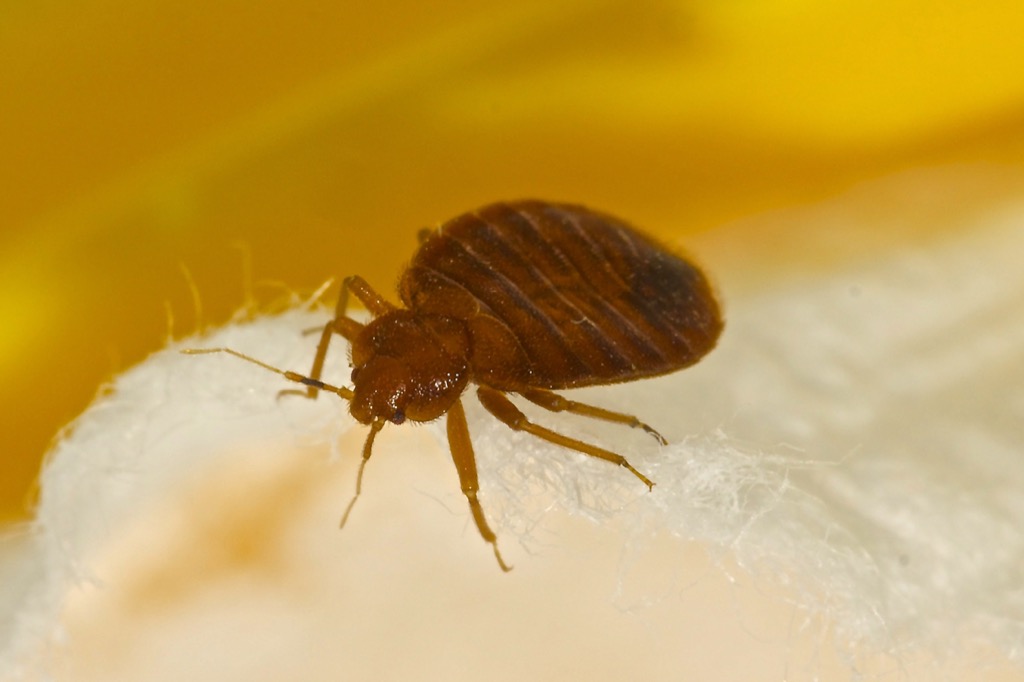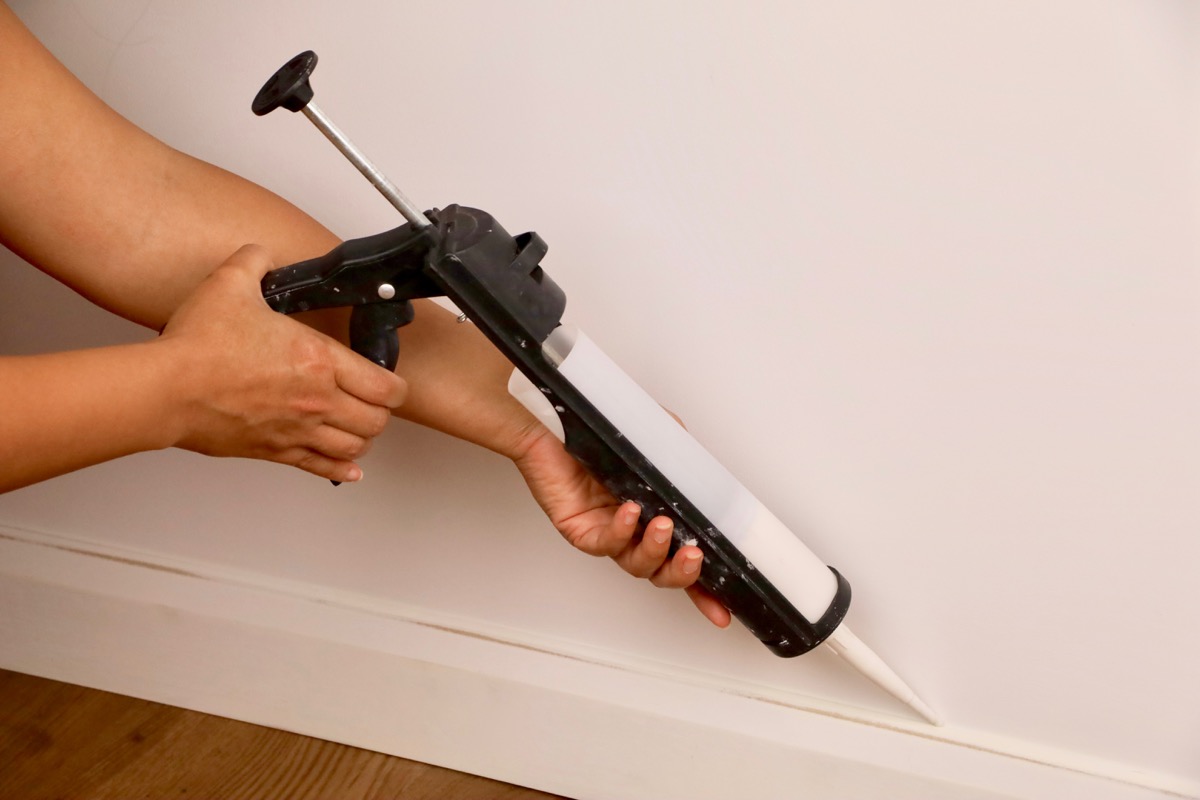These Awful Bugs You Forgot About May Soon Come Back, Exterminators Warn

While there are very few silver linings when it comes to the COVID pandemic, one positive effect of lockdown has been a significant decrease in the number of bed bugs causing bothersome infestations. Many of these awful pests have been dormant during the pandemic due to less travel, but exterminators warn that this respite is going to come to an end shortly. Keep reading to find out more on the imminent return of bed bugs, and for another insect you need to be ready for, If You Live Here, Prepare for a Major Bug Infestation, Expert Warns.
There have been fewer bed bug complaints during the pandemic.

Calls complaining of bed bugs have been on the decline over the past year, according to exterminators. “I’ve talked to multiple pest control companies, who have said that they have had reduced calls over 2020 for bed bug jobs,” Brittany Campbell, staff entomologist at the National Pest Management Association, told Bloomberg.
Bed bugs tend to move through two modes, as M&M Pest Control explains in a post. “Active dispersal” is when bed bugs crawl on their own, looking for a new spot to lay eggs. This mode is more common in urban areas because bed bugs can easily wander between apartments. On the other hand, “passive dispersal” is when the bed bugs hitch a ride on your shoes, luggage, clothes, etc., so they can travel quickly and discreetly. With a huge dip in travel, bed bugs haven’t been able to achieve passive dispersal as readily, robbing them of their quickest spreading opportunity. However, we haven’t seen the last of them, exterminators warn. And for more up-to-date information, sign up for our daily newsletter.
Bed bugs will soon return to their previous level of spread.

Once travel—to the office or for vacation—picks up again, exterminators predict the bugs will be back. Last fall, when it felt like there was the briefest reprieve from COVID, bed bug service calls began to climb again, Benjamin Hottel, a technical services manager at Orkin, told Bloomberg.
The bugs haven’t disappeared—they’ve just been lying in wait for their preferred mode of transportation to pick back up again. According to M&M Pest Control, bed bugs can live for up to a year and a half without eating. Or, as Richard Cooper, Terminix’s senior director of speciality services, told Bloomberg, “Currently, they are just not moving, but they are not dying out. They are not gone, just inactive.” And for more insect warnings, If You See This Bug That’s About to Invade the U.S., Don’t Kill It.
Now is the best time to get rid of bed bugs for good.

With passive dispersal of the pests down, now is the best time to beat back the bug. Although these insects can live for up to 18 months without food, they are more responsive to treatment when they are in a weakened state from not being fed, per M&M Pest Control.
The pest control company suggests putting precautions in place while businesses are operating at reduced capacity to help mitigate the spread when the world begins bustling again. This includes minor renovations, such as “caulking baseboards, placing indicators under beds, and fixing peeling paint” to help prevent the pests. And for a bug that’s nearly indestructible, You Can’t Kill This Bug, Even If You Run Over It With Your Car.
In some cases, the reporting of bed bugs has gone down due to fear of exterminators bringing COVID.

Of course, there’s more to this story than bed bugs being on lockdown along with us. While it’s true that bed bug cases have declined overall, that’s partly also due to people being reluctant to invite an exterminator into their home for hours out of a fear of contracting COVID.
“Bed bugs are still very prevalent in multifamily housing and spreading through these communities,” Cooper told Bloomberg. “This can lead to an increase in residents’ self-treating, which is unlikely to be effective, promotes further spread, and can be unsafe if residents are not using appropriate materials or using materials incorrectly.” And for even more insects to be afraid of, discover The 50 Most Dangerous Bugs in America.